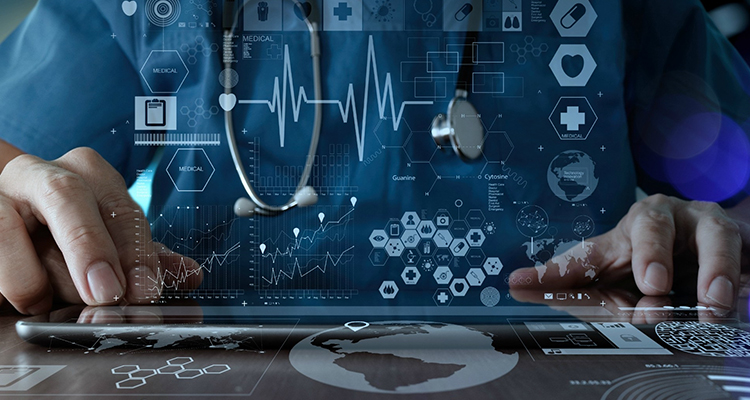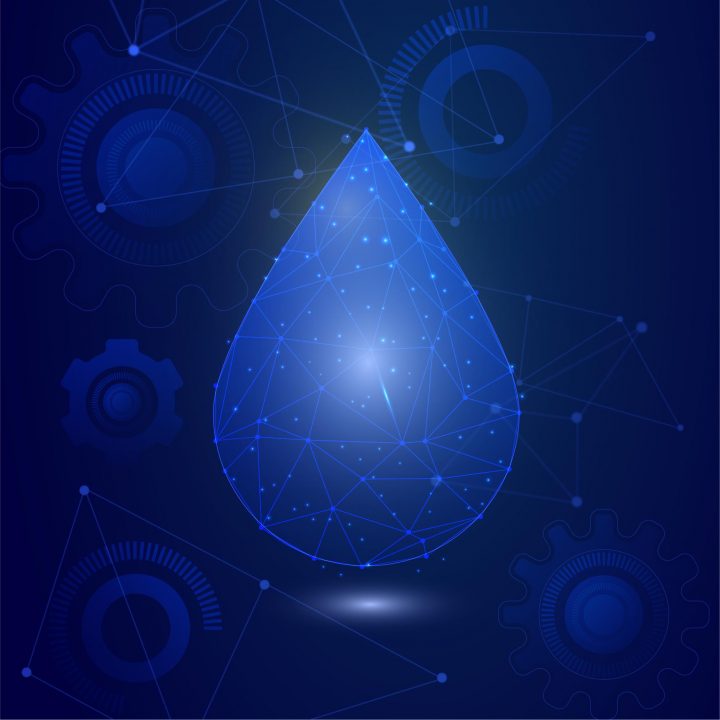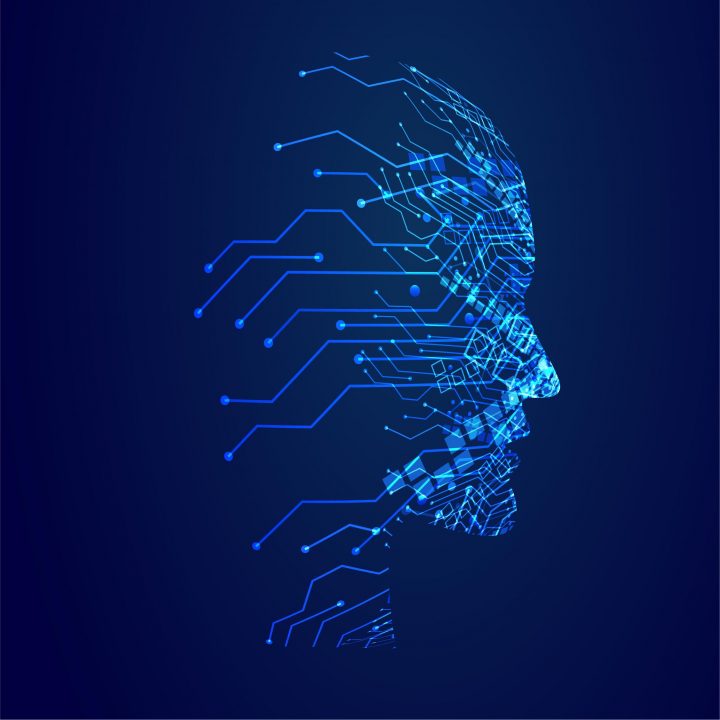
Internet of Medical Things
The Internet of Medical Things (IoMT) is an application of the IoT for medical and health related purposes, data collection and analysis for research, and monitoring. The IoMT has been referenced as “Smart Healthcare”, as the technology for creating a digitized healthcare system, connecting available medical resources and healthcare services.
IoT devices can be used to enable remote health monitoring and emergency notification systems. These health monitoring devices can range from blood pressure and heart rate monitors to advanced devices capable of monitoring specialized implants, such as pacemakers, Fitbit electronic wristbands, or advanced hearing aids. Some hospitals have begun implementing “smart beds” that can detect when they are occupied and when a patient is attempting to get up. It can also adjust itself to ensure appropriate pressure and support is applied to the patient without the manual interaction of nurses.A 2015 Goldman Sachs report indicated that healthcare IoT devices “can save the United States more than $300 billion in annual healthcare expenditures by increasing revenue and decreasing cost.” Moreover, the use of mobile devices to support medical follow-up led to the creation of ‘m-health’, used analyzed health statistics.”
Specialized sensors can also be equipped within living spaces to monitor the health and general well-being of senior citizens, while also ensuring that proper treatment is being administered and assisting people regain lost mobility via therapy as well. These sensors create a network of intelligent sensors that are able to collect, process, transfer, and analyze valuable information in different environments, such as connecting in-home monitoring devices to hospital-based systems. Other consumer devices to encourage healthy living, such as connected scales or wearable heart monitors, are also a possibility with the IoT. End-to-end health monitoring IoT platforms are also available for antenatal and chronic patients, helping one manage health vitals and recurring medication requirements.
Advances in plastic and fabric electronics fabrication methods have enabled ultra-low cost, use-and-throw IoMT sensors. These sensors, along with the required RFID electronics, can be fabricated on paper or e-textiles for wireless powered disposable sensing devices. Applications have been established for point-of-care medical diagnostics, where portability and low system-complexity is essential.
As of 2018 IoMT was not only being applied in the clinical laboratory industry, but also in the healthcare and health insurance industries. IoMT in the healthcare industry is now permitting doctors, patients, and others, such as guardians of patients, nurses, families, and similar, to be part of a system, where patient records are saved in a database, allowing doctors and the rest of the medical staff to have access to patient information.Moreover, IoT-based systems are patient-centered, which involves being flexible to the patient’s medical conditions. IoMT in the insurance industry provides access to better and new types of dynamic information. This includes sensor-based solutions such as biosensors, wearables, connected health devices, and mobile apps to track customer behaviour. This can lead to more accurate underwriting and new pricing models.
The application of the IoT in healthcare plays a fundamental role in managing chronic diseases and in disease prevention and control. Remote monitoring is made possible through the connection of powerful wireless solutions. The connectivity enables health practitioners to capture patient’s data and applying complex algorithms in health data analysis.
Measuring vital statistics and predicting health using AI/ ML
Measuring temperature, heart rate, ECG and blood pressure of patient and storing it in cloud to predict wellness in future.










